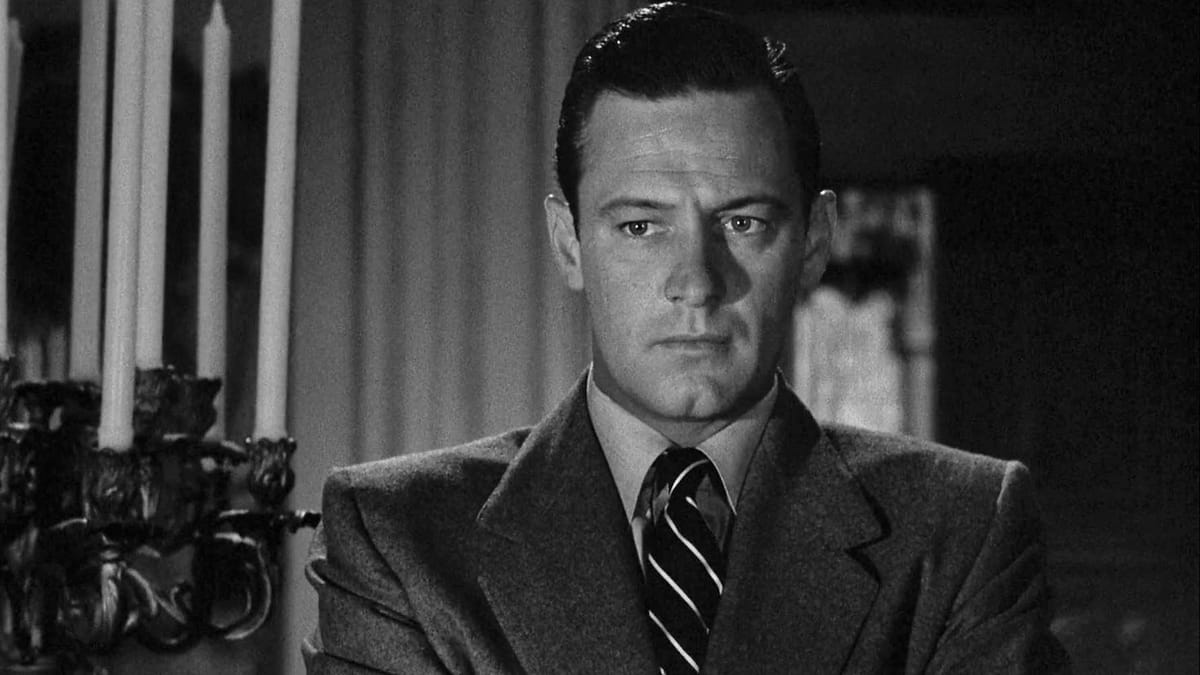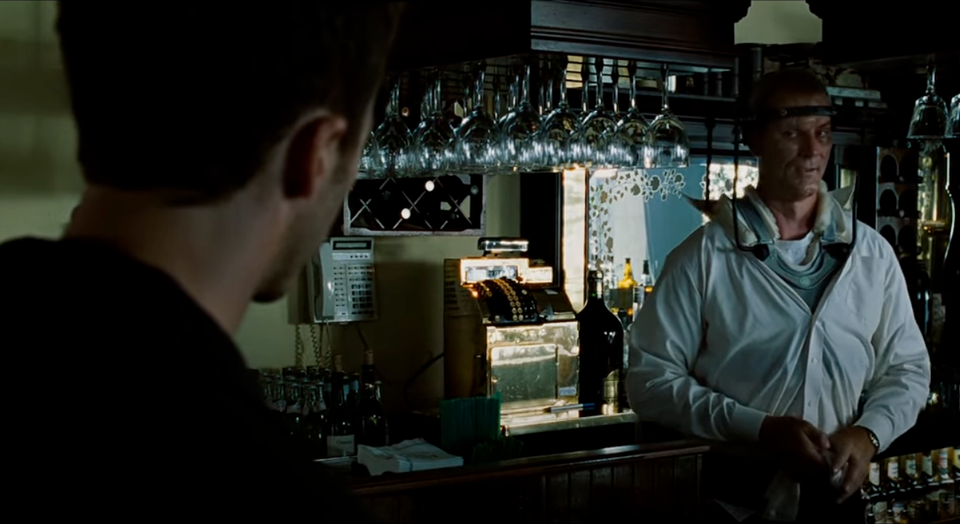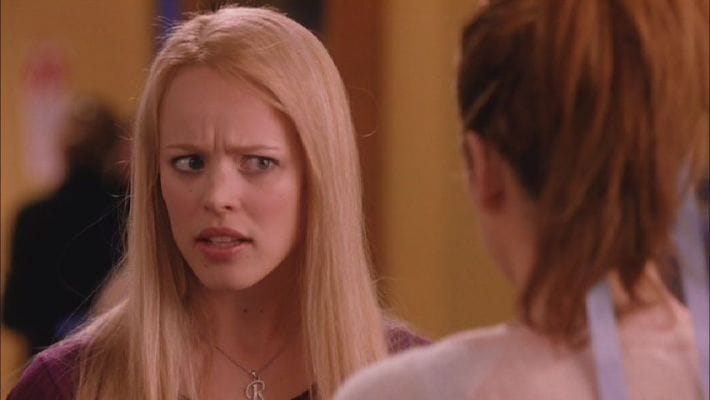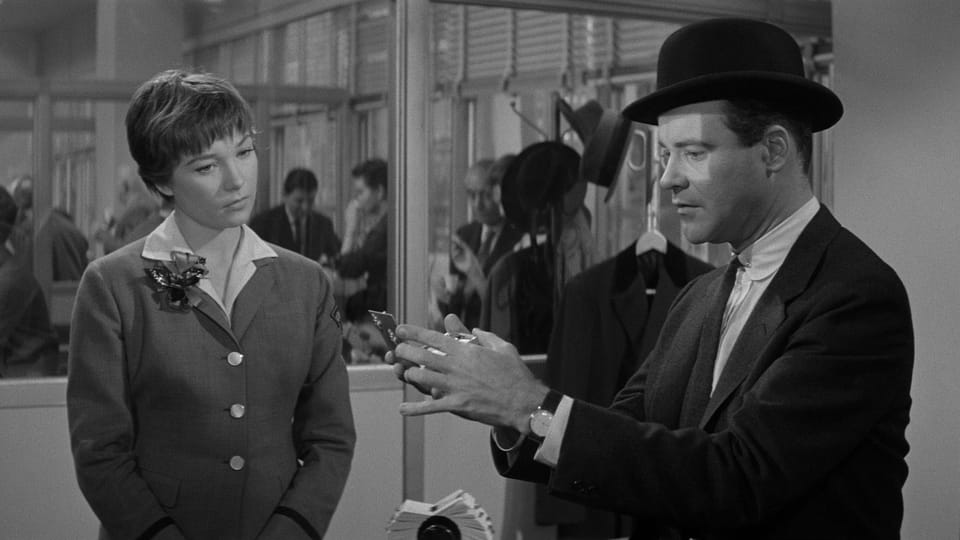Keep the writing simple.
The most common bad habit of all is to write a more complicated sentence than is necessary.

The Story and Plot Weekly Email is published every Tuesday morning. Don't miss another one.
This is the time of the semester when I move students from the formality of screenplay format to the flexibility of personal style.
This is not simply flipping a switch. It’s a hard-won battle over years, so my main goal here is to point out the most common bad habits and give permission to have fun and experiment.
The most common bad habit of all is to write a more complicated sentence than is necessary.
An action line that is simple, clear, and specific is almost always a better choice.
I have written before about the paramount importance of clarity of intent.
Nothing ever trumps that. Ever.
Even if your point is to be UNCLEAR, you need to make it clear that is your intent.
But this is not the only benefit.
The simple sentence is also about effectiveness.
The simple sentence does its job and gets out of the way. It refuses to call attention to itself so the reader can enjoy what’s important: the movie playing in their head.
Eyes should never go backwards.
They should always be going forward.
We want the reader to read an action line once, absorb what they need to absorb, feel what they need to feel, and then read the next line.
If the reader ever thinks, “Wait. What?” and needs to reread that sentence again, we have failed.
Any time this happens, we have to fight to get the reader’s attention back. We risk losing them to distractions, both internal and external.
Eyes moving down the page builds trust.
Simple, clear, and specific illustrates control. That confidence lets the reader know the writer has made choices and nothing is superfluous.
With trust, they assume intent in everything and are more willing to emotionally invest.
It is our job to control the experience.
And the reader’s experience matters.
I consider maximizing the quality of the read one of my essential jobs.
When someone reads my screenplay, I want them to feel like they have experienced the movie.
I am not a good enough writer to accomplish this with a literary flair, like Tony Gilroy. Nor do I have the skill of Walter Hill, where the writing is just as stylistic as what ends up on screen.
For me, the path of least resistance for my action lines is to evoke emotion and images through simplicity, specificity, and a point of view of how we should feel about it.
It is my version of directing on the page.
Most of us have to unlearn what we were taught in school.
Academia did us no favors. Through most of our schooling, we were taught a style of writing designed to prove we could write in that style.
Write an essay to prove you can write an essay.
Write a compound sentence to prove you can write a compound sentence.
The more complicated the writing, the more you exhibit your understanding of proper grammar.
We end up hiding behind the formality of the writing.
Our POV is lost in a long, cold sentence. Yes, the grammar is technically correct. But the effect is information rather than an emotional response.
And the emotional response is the whole point of the story.
Both the writing we learned over years of schooling and the distance of business communications generated terrible habits when writing for the screen.
We focus more on whether the sentence is valid rather than if the sentence is effective.
We forget the visual order.
After Janet drops the hammer, Denise grabs the door.
Sure, this is a perfectly valid sentence in the English language. Unfortunately, it’s confusing for someone who is visualizing a movie in real time.
The addition of “after” mixes the order of how things happen on screen, dilutes one action for another, and breaks the visual spell.
Janet drops the hammer. Denise grabs the door.
Removing the unnecessary word and creating two distinct sentences is the quickest of fixes to give the reader information in the same order they would experience it on screen.
Indirect language doesn’t help you.
There is nothing indirect about what we see on the page. It’s right up there, and it is what it is.
Yet, the wrong language can make us ask, “What am I seeing here? What does this mean?”
This:
She is focusing on the audio as surprise registers on her face.
Should give way to this:
She listens — surprised.
Don’t lose your voice.
Don’t fall into the trap of writing words you would absolutely never actually say. Don’t try to be smarter or cooler than you are.
It's true, our writing is often our best version of ourselves. We have time to think something through. Our word choice is specific.
But we should always remain ourselves.
We want to hear your voice.
Read each sentence out loud and ask yourself, “Would I ever actually say this to another human being?”
If the answer is no, maybe find a way that you would.
Simple and direct is not just good enough.
It’s almost always better.
Write with confidence.
This means knowing your intention first. Know exactly what you want to communicate, and then do so directly.
Rambling and unnecessary details are signals of nerves and even obfuscation. We are suspicious of those people, and we don’t trust them.
Implant an image in the reader’s mind as soon as possible.
Make it simple. Make it clear.
Between the scene heading and the first action line, the reader should have a base image in their mind of what they see on the screen.
Establish that first. Then add the details.
This:
It’s the last hurrah of the summer, but none of the dozen or so college kids are thinking about that. This is all about tonight. They surround the bonfire. Drinking, smoking. Some making out.
Should give way to this:
A dozen or so college kids surround the bonfire. Drinking, smoking. Some making out. It’s the last hurrah of the summer, but no one is thinking about that. This is all about tonight.
Take your favorite screenplay, and look at the first line of every scene to see how quickly they establish a base image in the reader’s mind.
Fill the space so the reader doesn’t have to.
If you leave a visual gap in your writing, where the reader doesn’t quite know what they’re watching, even for a sentence or two, there are one of two results:
- They’re confused. This breaks trust. This is the last thing you want.
- They fill the visual space themselves. They imagine something. This is not necessarily bad, except:
- You don’t know who will and won’t.
- As soon as you add a detail that contradicts what they imagined (“Wait. I thought she was on the other side of the room.”), they’re back to 1.) Confused.
You must give the reader a minimum image in their mind at all times. You want to evoke more often than you describe, but you never want it blank.
Subject. Verb. Object.
This is the mainstay of most languages. It’s simple, clear, and direct. Just like we want it.
- What we choose as the subject matters.
- The verb we choose matters.
This:
Hank is being hit in the face by Dan.
Should give way to this:
Dan punches Hank in the face.
The verb is more valuable than the adjective.
Not to say we don’t love an adjective! But word for word, nothing brings as much energy, visuals, and emotion to your screenwriting as the verb.
Look at all these adjectives here:
Yellow street lights shine through wonky curtains onto Daniel’s sleeping face.
Perhaps try this instead:
Daniel lies asleep in bed. The yellow street lights shine on his face.
If the wonky curtains are of particular importance, you can highlight them when you describe the room.
Keep it simple. Keep it clear.
Better verbs mean better screenwriting.
The movies are a visual medium. It is natural that the verb would give us more. A good verb is an action and an adjective all in one.
And a good verb should make most adverbs unnecessary.
When I come across a verb I like that I don’t normally use, I write it down for later.
No one owns a verb.
You can steal those all day, every day, with complete immunity. Have at it!
Nothing should take longer to read than it takes to happen on screen.
It can take less; it just shouldn’t take longer.
This will not only help you keep it simple, but it will also help you with your primary goal:
To evoke the emotional experience of watching the movie on screen.
Your primary challenge.
You will always be searching for ways to express more with less.
The concept of minimum effective dose is important in screenwriting. What is the minimum amount of words required to achieve the desired result?
But this “minimum” is for the reader, not for you. For you, that minimum requires maximum effort.
You make two choices.
First, you make the choice of what we see on the screen.
This choice is more storytelling than writing. Because the final audience never sees the action lines, some believe we don’t have to be good writers to be screenwriters.
But this is nonsense on the professional level.
On the professional level, we have to make a second choice, and that is what words go on the page so we can communicate that first choice.
When we do this right, they envision the movie and they feel something. And this allows them to see the potential of what it could be.
Learn to write well.
If you have taken any kind of creative or persuasive writing class, much of this will sound familiar. These are, after all, rather uncontroversial guidelines to improve any writing.
And that’s all they are. Guidelines.
They are suggestions. Recommendations. Good habits.
These are not rules, and no one will throw your screenplay away if you ignore them.
But over time, passive writing slows down your read. Overwriting dilutes trust, and less confident writing drags.
But remember, none of this can save a bad story.
The goal is to make a great story easier to visualize and identify.
As always, these emails are not meant and one-offs and are best viewed in conjunction with previous emails.
Since we didn't touch upon emotion in this email, and that is crucial in your action lines, you might want to look back on this previous one for added value:
What emotion are you going for?
The Story and Plot Weekly Email is published every Tuesday morning. Don't miss another one.
When you're ready, these are ways I can help you:
WORK WITH ME 1:1
1-on-1 Coaching | Screenplay Consultation
TAKE A COURSE
Mastering Structure | Idea To Outline




